Underwater survival expert reveals OceanGate’s biggest ‘red flags’ and says the unconventional combination of materials used to build its doomed Titan sub was NOT innovative because ‘it’s been tried and simply didn’t work’
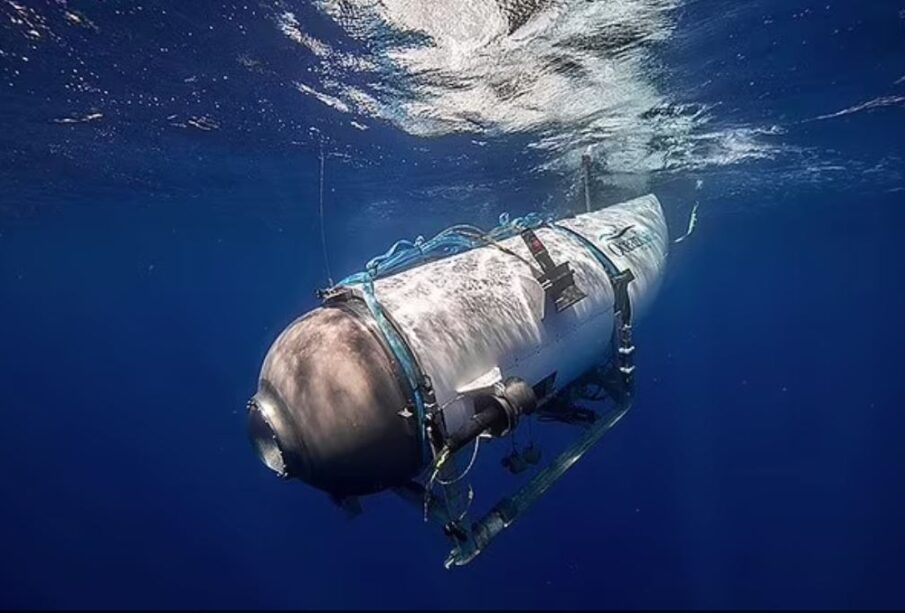
Rachel Lance, a Duke University biomedical engineer and underwater survival expert, on Thursday said OceanGate was using technology proven not to work
Lance told CNN that the carbon fiber hull was already widely discredited, despite OceanGate’s CEO hyping it as innovative and safe
She said some of the vessel’s design materials ‘were already large red flags to people who have worked in this field’
By HARRIET ALEXANDER FOR DAILYMAIL.COM
OceanGate’s submersible design which the CEO touted as innovative and safe had already been widely discredited by the deep sea diving community, a survival expert has claimed.
Rachel Lance, a Duke University biomedical engineer, said that the carbon fibre hull which OceanGate’s sub used was known to be unsuitable.
The tourist sub is now believed to have imploded on Sunday morning at 9:45am while diving down to see the wreck of the Titanic. All five people on board – including OceanGate CEO Stockton Rush – were killed in the disaster, the first of its kind.
Lance told CNN on Thursday that Rush’s boasts about being experimental were not true – as experiments had been attempted, and deemed unsafe.
‘This was a company that was already defying much of what we already know about submersible design,’ said Lance.

Rachel Lance of Duke University said that the Titan’s carbon fiber hull was a serious cause for concern
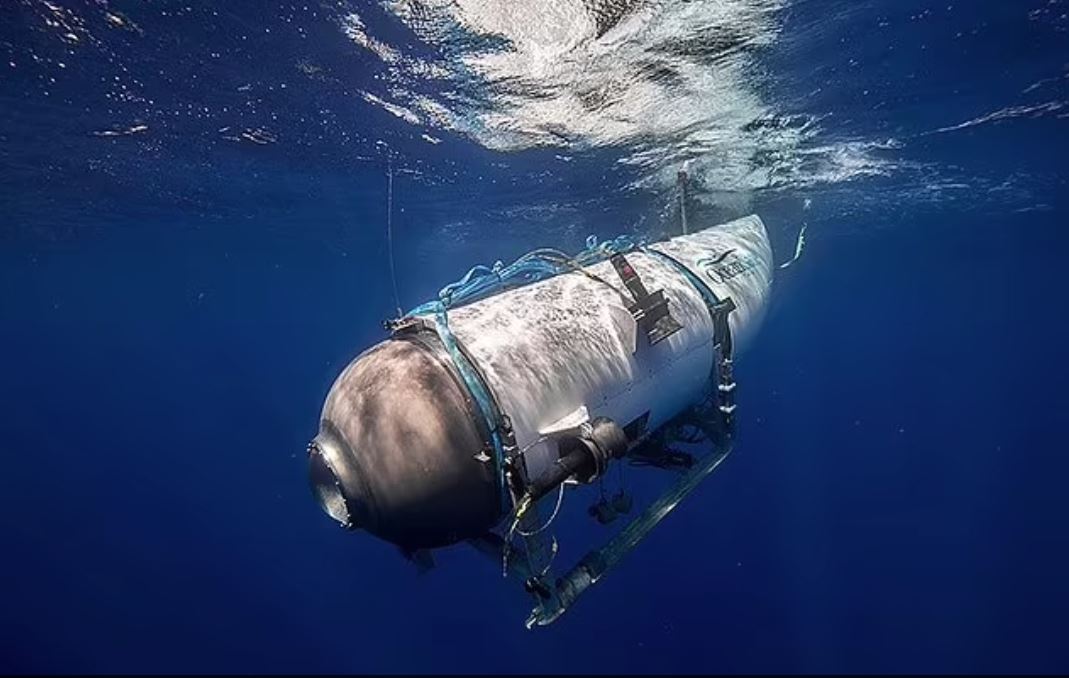
The submersible, Titan, is pictured descending. It was the only five person sub capable of reaching Titanic, and the only tourist sub which had not been independently certified as safe. On Thursday debris from the sub was found on the ocean floor
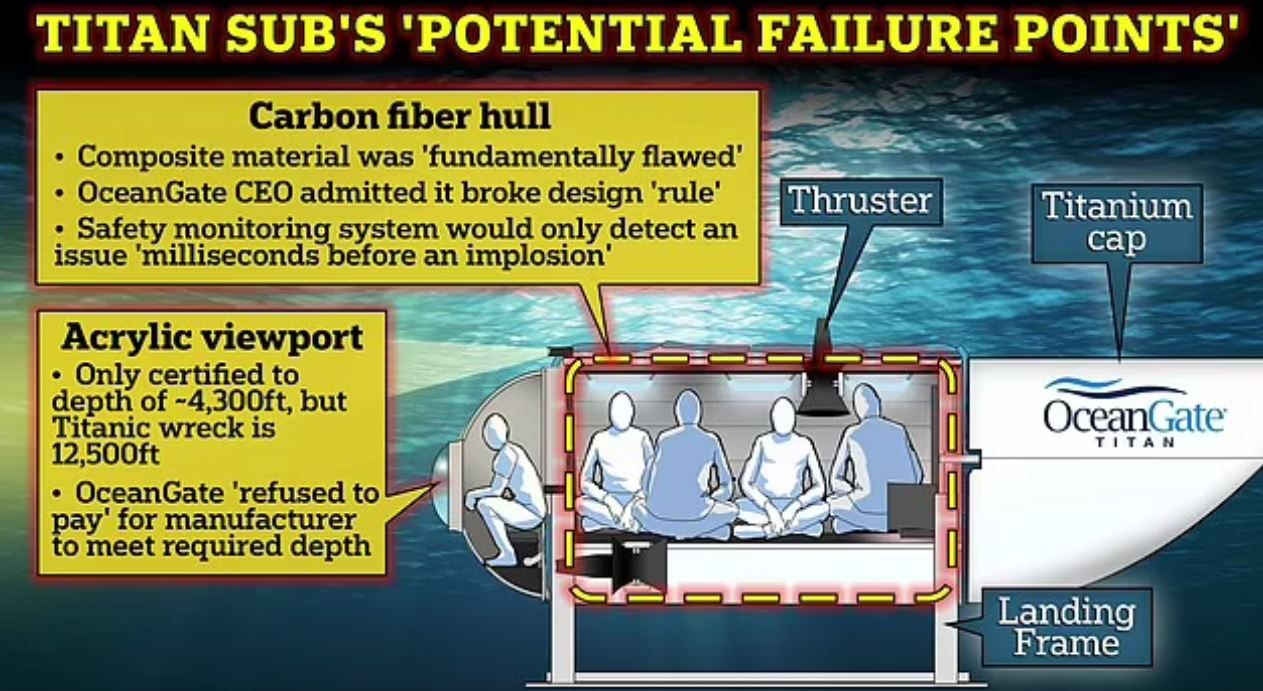
Titan’s carbon fiber hull and its acrylic viewport were subject to several warnings and James Cameron singled them out as ‘potential failure points’ on the vessel
She noted some of the vessel’s design materials ‘were already large red flags to people who have worked in this field.’
She said the unconventional combinations of materials used in the sub, named Titan, posed safety risks because ‘over the course of repeated pressurizations, they tend to weaken.’
Lance added: ‘This is not exactly what, in my opinion, would be innovation because this is already a thing that has been tried and it simply didn’t work.’
OceanGate was founded in 2009, and began its first tourist trips to the Titanic wreckage in 2021.
OceanGate, and in particular Rush, have come in for fierce criticism about alleged corner-cutting with the design and testing, and ignoring the scientific and engineering consensus.
Rush died in the disaster, along with British billionaire Hamish Harding, 58; French Titanic expert Paul-Henri Nargeolet, 77; and British-Pakistani father and son Shahzada Dawood, 48, and Suleman Dawood, 19.


Five people were onboard, including British billionaire adventurer Hamish Harding and Shahzada Dawood and his son Suleman, who was just 19


French Navy veteran PH Nargeolet (left) was in the sub along with Stockton Rush (right), CEO of the OceanGate Expedition
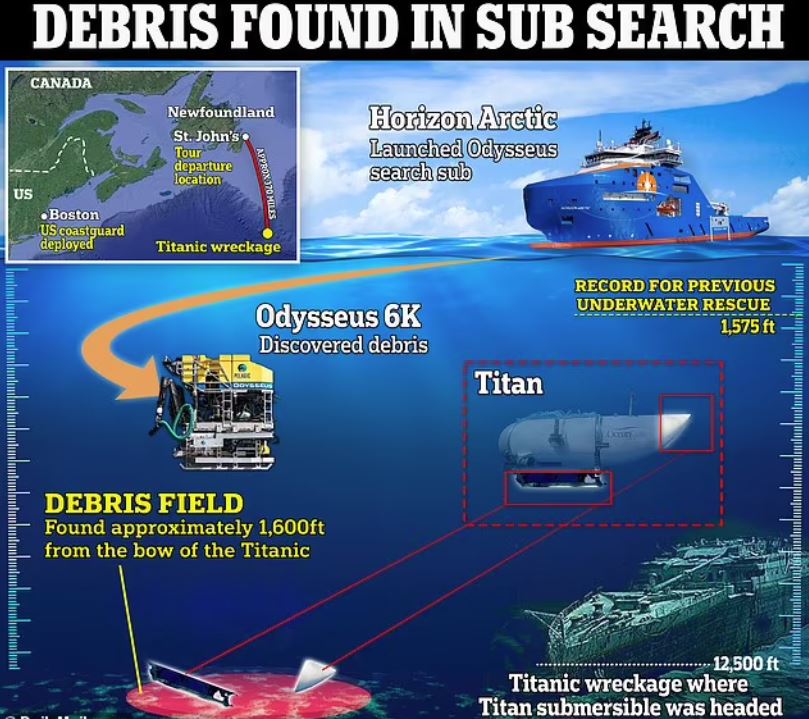
In 2018, the director of maritime safety was fired for questioning the structural composition.
That same year, an industry group told Rush that there were widespread concerns about Titan’s design.
Rush boasted that Boeing, NASA and the University of Washington had all collaborated on the design, but all three have since said they were not involved in designing and testing Titan.
James Cameron, the director of the 1997 film Titanic and an experienced deep sea explorer, has been among the most vocal critics of the Titan’s design.
He said there were several ‘potential failure points’ in the doomed Titan submersible – and a warning system probably alerted the five crew who perished shortly before the vessel imploded.
A series of concerns were raised in recent years about the vessel’s carbon fiber hull – the cylinder which carried the five crew who perished – and its porthole, which was allegedly not certified to the immense depths Titan ventured to.
Rush even said the carbon fiber design broke a ‘rule’ and was accused of ignoring concerns from his own staff.
Cameron, a renowned explorer who has traveled to the deepest known point in the ocean, said Titan had ‘three potential failure points’ and indicated that its ‘Achilles heel’ was the carbon fiber cylinder.
He added the hull was broken into ‘very small pieces’ after Titan imploded when the hull fractured because of the pressure. A warning system probably sounded an alert and the crew tried to ascend in the moment before the implosion, he added.
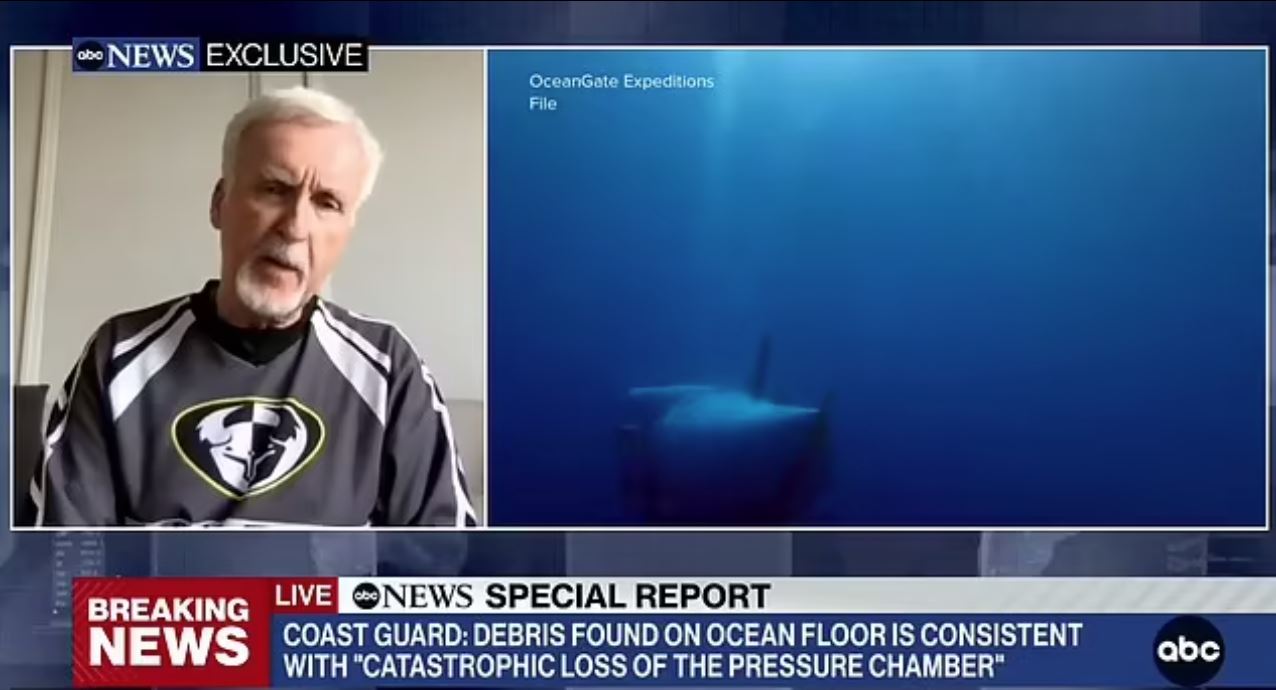
Cameron gave a series of interviews following news of Titan’s demise which criticized the ‘fundamentally flawed’ carbon fiber hull
Concerns about the hull and porthole were also raised by OceanGate’s former head of marine operations, David Lochridge, in court documents in 2018. The filings state the viewport was ‘only built to a certified pressure of 1,300 meters, although OceanGate intended to take passengers down to depths of 4,000 meters’.
Cameron delivered a damning assessment of the Titan craft during a series of interviews following the grim news it had been destroyed during its mission.
He criticized the design for straying away from proven techniques in favor of experimental methods.
‘There are three potential failure points and the investigation hopefully can localize it down to exactly what happened,’ he told Good Morning America.
‘The viewport in the front was an acrylic viewport. I’m told it was rated to less depth than they were diving to, which is one point. They also had two glass spheres on the sub, small glass spheres for floatation, which is a bad idea.’
Cameron didn’t clarify his statement about the ‘glass spheres’ but he said it was the carbon fiber hull that was the ‘weakest link’.
‘If I had to put money down on what the finding will be, the Achilles heel of the sub was the composite cylinder that was the main hull that the people were inside.
‘There were two titanium end caps on each end. They are relatively intact on the sea floor.
‘But that carbon fiber composite cylinder is now just in very small pieces. It’s all rammed into one of the hemispheres. It’s pretty clear that’s what failed.’
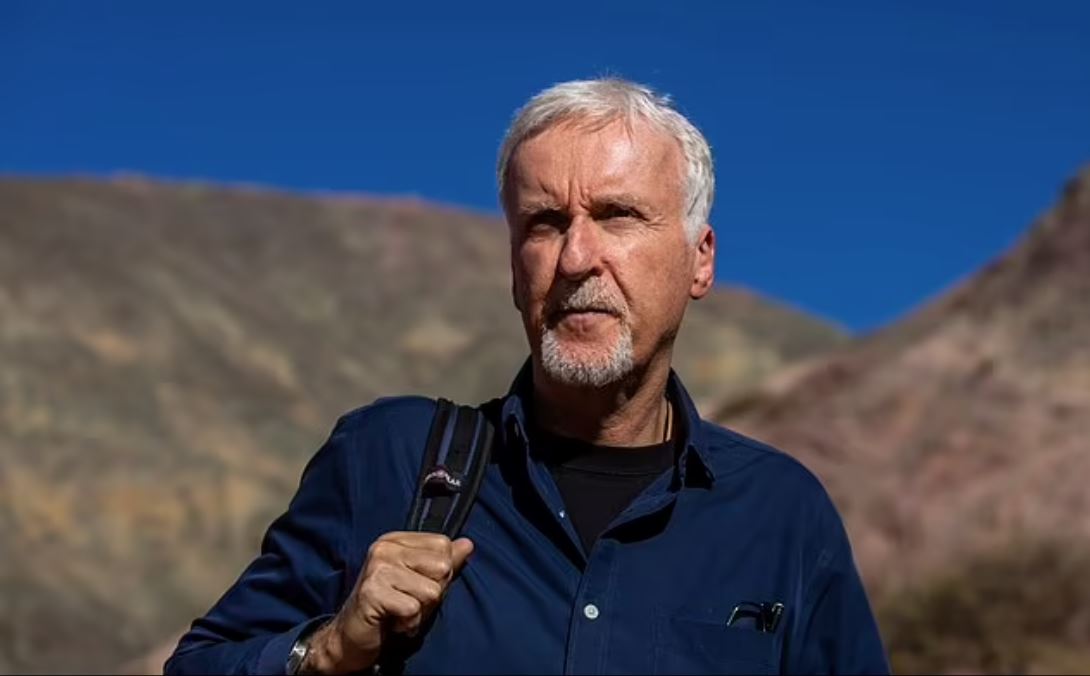
Cameron said: ‘And they probably had warning that their hull was starting to delaminate, and it started to crack… It’s our belief we understand from inside the community that they had dropped their ascent weights and they were coming up, trying to manage an emergency’
Rush, who died in the Titan incident, said in a video posted online in 2021 that he had ‘broken some rules’ to create the vessel and added: ‘The carbon fiber and titanium, there’s a rule you don’t do that – well I did.’He also said in 2020 that the hull had ‘showed signs of cyclical fatigue’.
Carbon fiber is prone to delamination, the process whereby a material fractures into layers while put under pressure
Cameron said: ‘The way it fails is it delaminates. You have to have a hull, a pressure hull, made out of a contiguous material like steel, or like titanium, which is the proven standard.’
‘This OceanGate sub had sensors on the inside of the hull to give them a warning when it was starting to crack. And I think if that’s your idea of safety, then you’re doing it wrong. And they probably had warning that their hull was starting to delaminate, and it started to crack…
‘It’s our belief we understand from inside the community that they had dropped their ascent weights and they were coming up, trying to manage an emergency.’
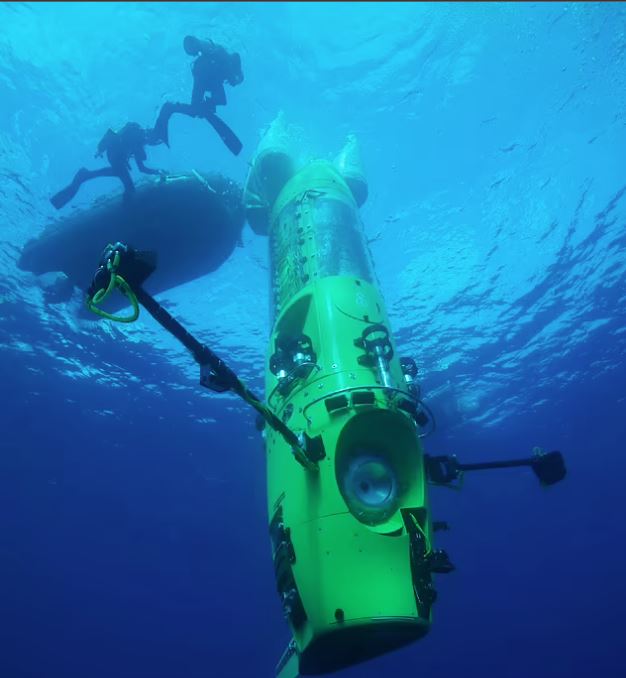
In 2012, James Cameron carried out a successful solo mission to the deepest known point on Earth, the Mariana Trench. He piloted the Deepsea Challenger (pictured) which was designed to withstand depths in excess of 36,000ft
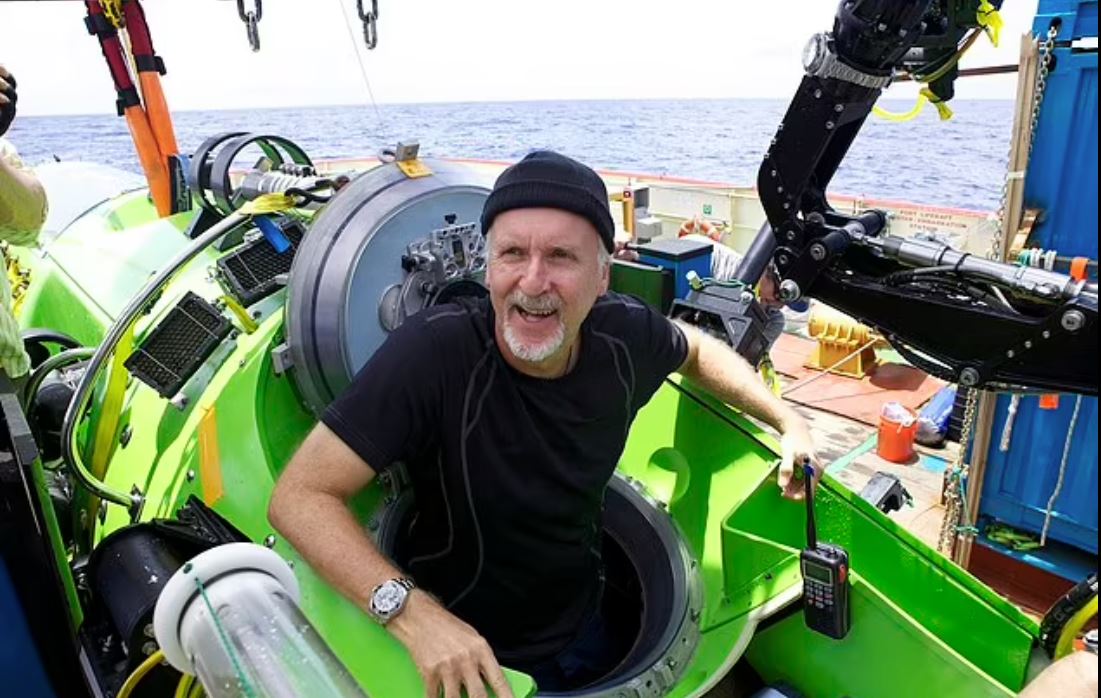
Cameron in 2012 after his successful solo dive in Deepsea Challenger to the deepest-known point on Earth, the Pacific Ocean’s Mariana Trench
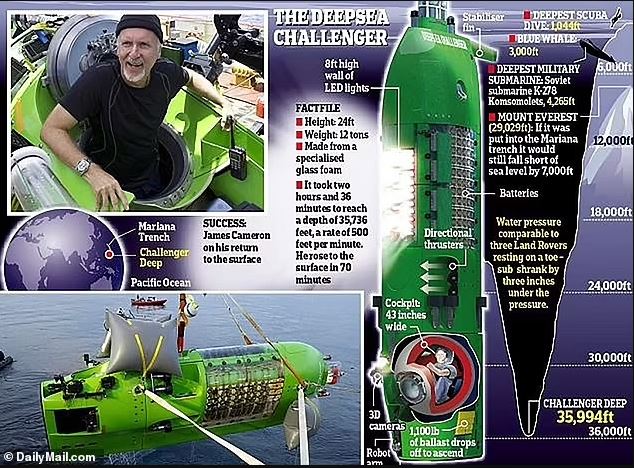
A graphic breaks down Cameron’s 2012 mission to the deepest known point in the ocean
OceanGate has not shared a comment about reports into safety concerns about Titan since the incident.
The company had boasted in promotional material about Titan’s ‘Real Time Hull Health Monitoring’, which constantly checked the integrity of the vessel throughout the dive.
The system used acoustic sensors and strain gauges to ‘analyze the effects of changing pressure on the vessel as the submersible dives deeper, and accurately assess the integrity of the structure’.
But legal filings reveal Lochridge, the former director of marine operations, ‘expressed concern that this was problematic because this type of acoustic analysis would only show when a component is about to fail—often milliseconds before an implosion—and would not detect any existing flaws prior to putting pressure onto the hull.’
Cameron successfully reached the deepest known point on Earth, the Mariana Trench in the Pacific Ocean, in 2012 using the Deepsea Challenger submersible.
It was only the fourth time the seven-mile descent to the Pacific sea bed has been made successfully – and the first time a man has made it the bottom and back since 1960.
The dive followed seven years of planning and design for the construction of the specialized sub which could withstand the immense pressure at the ocean floor.















